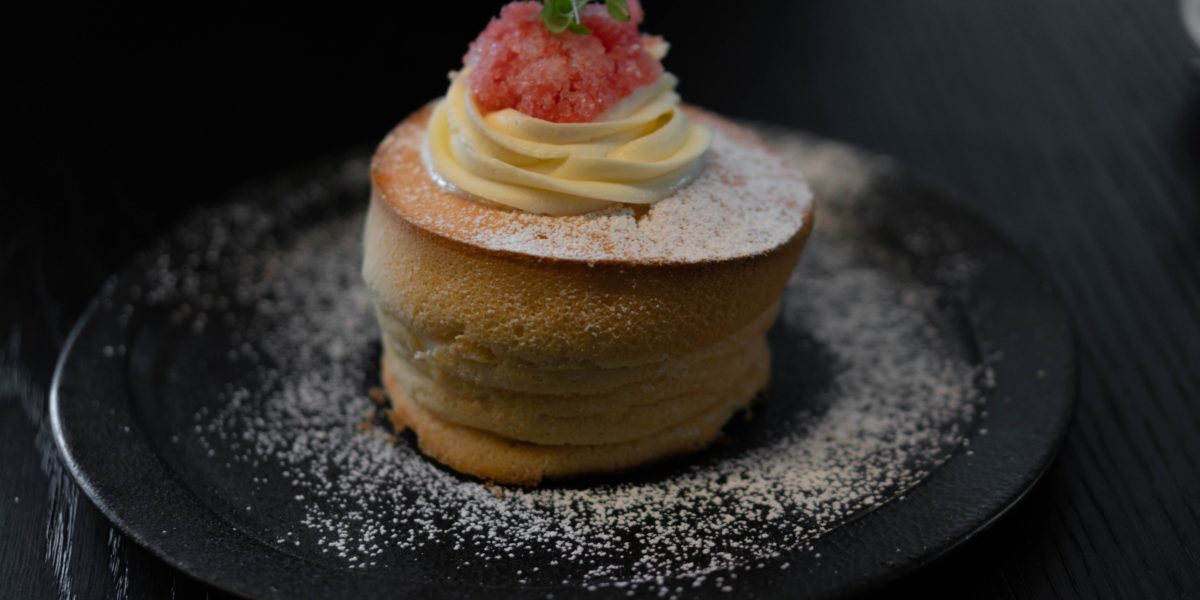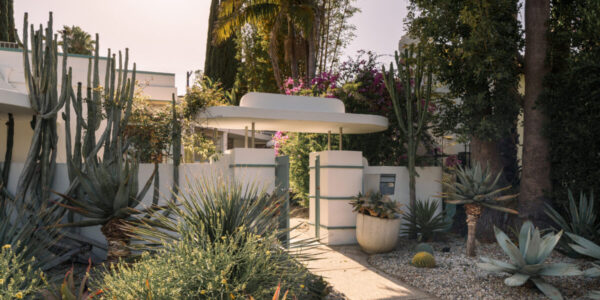
Japanese Pancakes Are the New, Highly Instagrammable Treat in Town
Japanese pancakes are photogenic, delicious, and finally available in the United States. Will they become the new snacking obsession to queue for?

Bhuwan Bansal/Unsplash
Why do we love Japanese food so much in the West? Probably because Japanese cuisine values many of the same things we love here, including a commitment to simplicity. The cuisine allows the individual ingredients to pop, instead of burying them under elaborate sauces or layers of herbs and spices. And it’s also usually beautifully presented, all the better to feed the universal urge to photograph our food.
Oh, and it’s delicious, too. That helps.
Which brings us to our latest Japanese obsession, which looks poised to fill the foreign-accented cult treat void left by 2013’s cronuts: the Japanese pancake.
Sometimes called “pankeki,” and sometimes referred to as “hottokeki,” a Japanese pancake is much like its American counterpart, but thicker, eggier, and fluffier. It is steamed while being grilled, a triumph of multitasking that requires special (though inexpensive) equipment. It’s important for the chef to whisk them off the grill and onto diners’ tables as quickly as possible, while the soufflé-like treat is still at its puffed-up, quivering, Instagrammable best.
https://www.instagram.com/p/Bv0TmYZFjhu/?utm_source=ig_web_button_share_sheetSo what is the fuss all about? Certainly, these pancakes taste good—almost anything served with butter, whipped cream, and pancake syrup will. But is there more to our collective obsession?
We turned to food guru Sarah Masoni, director of the Product and Process Development Program at Oregon State University. She creates new foods for a living, and is an expert on the ways flavor and texture work together to shape our perceptions of the things we eat. She believes that the outlandish look of the pankeki tower sets up the expectation of an outsized taste experience before you’ve even dug in a fork. “It’s saying, ‘hey, look at me, I’m eating huge pancakes,’” she explains.
According to Masoni, the pillowy treats do deliver on that taste promise because of an unexpected ingredient in the batter: Japanese mayonnaise. That sounds strange, maybe even off-putting, but let’s break it down: Mayo is fundamentally egg and fat, two things normally found in flapjacks the world over.
What makes mayonnaise an offbeat pancake ingredient is its tanginess, which comes from vinegar. Japanese rice vinegar, says Masoni, is mild, and in the case of pankeki, any excessive sourness is masked by sugar and syrup. The weak acid provides a hit of umami, and brightens the dish’s flavors, making pankeki taste bigger and bolder than conventional pancakes. In addition, Masoni says that the vinegar probably changes the emulsion of the batter, lifting the gluten bombs out of the realm of bread and cake and transforming them into something more related to a velvety, jiggly custard.
How Stonestown Galleria has gone from old-school shopping mall to a culinary destination. A flood of new restaurants have brought crowds ready to line up for freshly made noodles, fruity boba tea and, most recently, Japanese souffle pancakes. https://t.co/HvkRsjHMm0 pic.twitter.com/L6YQZ0KpcI
— San Francisco Chronicle (@sfchronicle) April 10, 2019
Until now, pankeki have been a cult favorite in this country, more talked about than actually encountered, but that’s beginning to change. Earlier this month, the first American franchise of Japanese chain Gram Café & Pancake opened in San Francisco’s Stonestown Galleria mall.
More locations are planned, but for now, this is your best chance to try the addictive pancakes. As with cronuts and Korean tacos before them, these sweet treats are generating lines. Supplies are limited (only 90 orders are filled daily) and you’ll need a special ticket to place one, so be prepared to wait.Oh, and make sure your phone is charged, too. You’ll want to ‘gram this.
